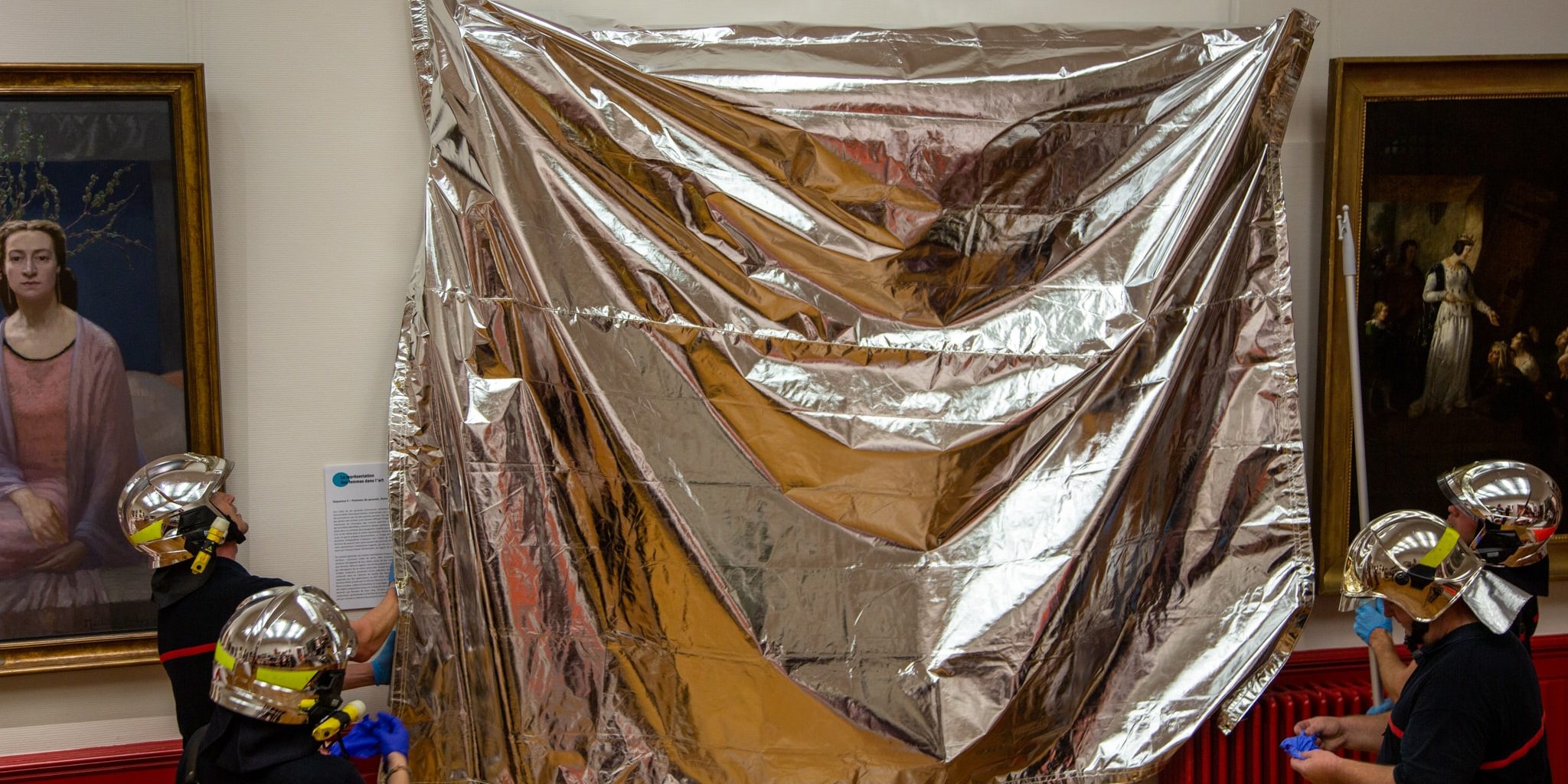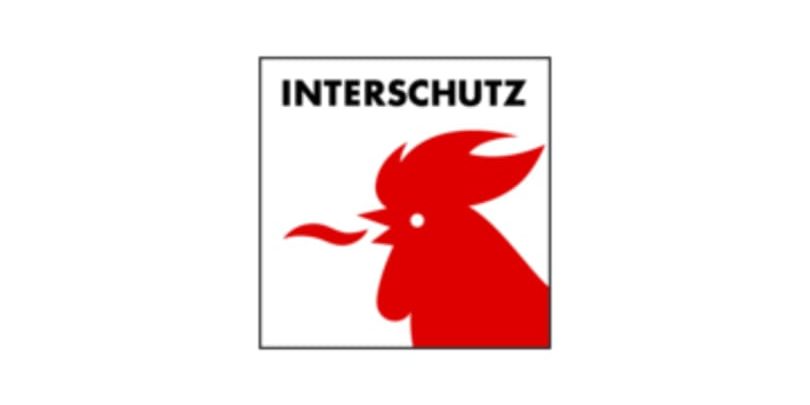If you're a collector or an art curator, chances are you've thought about artwork…
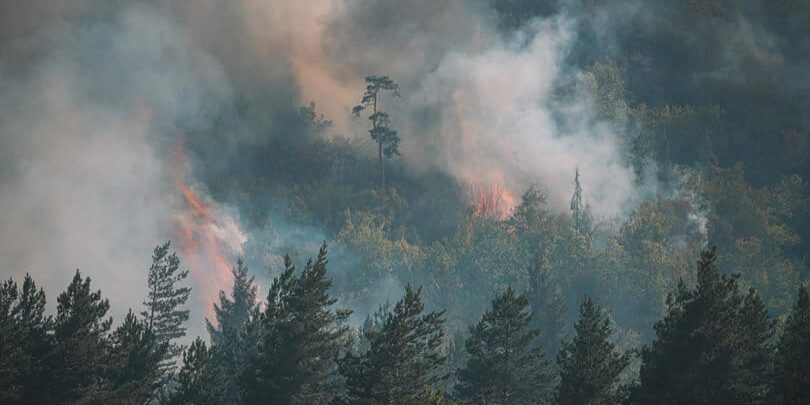
PPEs and Survival Poncho For Forest Fire Firefighters
The Increasing Frequency of Forest Fires
Recent heat waves have caused fires to break out across much of Europe. Almost 346,000 hectares (1,370 sq miles) have been recorded as burnt so far according to the European Forest Fire Information System (EFFIS).
The number of forest fires in France and Spain has increased in 2022, with 7 times more land burning through to July than average. Compared to 2001, the number of fires has increased and is now causing 3 million hectares (7.4 million acres) per year of tree cover loss. The year 2021 was record-breaking as forest fires were responsible for more than a third of the total tree cover loss for the year.
There are many reasons for this dramatic increase in the frequency of forest fires and we’ll discuss them here.
Possible Causes of Forest Fires

Heatwave and Drought
May and June 2022 saw average temperatures climb as high as 5°C (9°F) above normal over much of the continent, followed by an unusually dry July, particularly in central Europe where precipitation levels were 50% below normal. These elevated temperatures and low humidity levels create ideal conditions for fires to take hold and spread rapidly.
Climate Change
Extreme weather events such as heatwaves and drought are becoming more common, providing the perfect conditions for a fire to start and spread quickly. Climate change is a major factor that is increasing the frequency and severity of forest fires across the globe.
Ignition Sources
Lightning strikes cause around 10% of all forest fires in Europe each year, but humans are responsible for starting far more. Statistics show that human activity is behind around 90% of all wildfires in the European Union, with agricultural burning accounting for 40% of those ignition sources while recreational activities like barbecuing and campfires cause another 20%.
Effects of Increasing Occurrence of Forest Fires
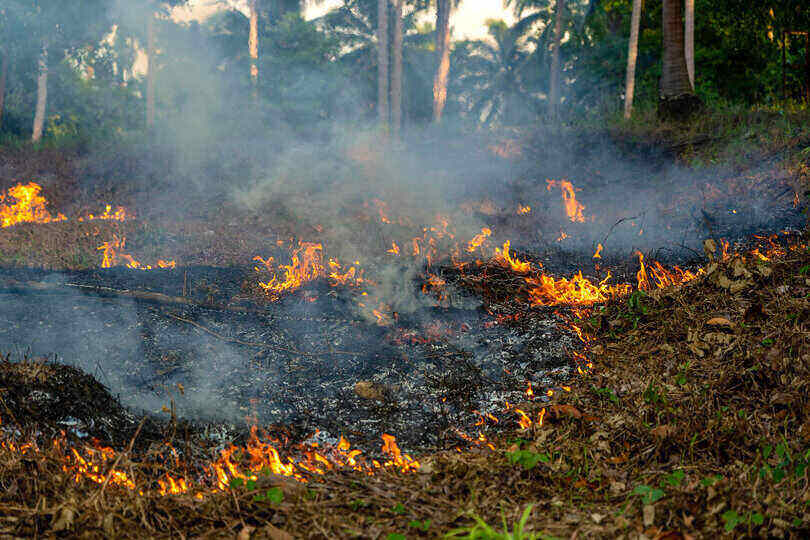
Wildfires can be devastating, both to human life and the environment. They release smoke that is not only unhealthy for people with respiratory conditions like asthma or chronic obstructive pulmonary disease (COPD).
The spread of wildfires across Europe is causing chaos, with at least five countries declaring states or red warnings as blazes terrorize France and Greece. Around 31,000 people have been displaced from their homes because fires burned in the Gironde region in Southwestern France.
According to the European Forest Fire Information System (EFFIS), over 95% of wildfires across Europe are human-induced, like the misuse of traditional straw-burning and shrub-burning practices. According to EFFIS, in Spain alone, wildfires have burned almost 300,000 hectares of land this 2022 – around 4 times the annual average from 2006 to 2021. Together, with Portugal and Romania, these three are the worst impacted by wildfires this 2022.
According to studies, the 27 member states of the EU spent a combined €30.9 billion on fire protection services and equipment in 2019. On average, fire protection takes up about 0.5% of the government budget. However, with the increasing occurrence of wildfires and the impact of climate change baring its fangs, some of the EU countries consider spending more on fire protection.
Many countries across the EU have since started increasing their spending on firefighting. In France, where swathes of campsites have been burned to the ground, the government has prepared around €850 million to upgrade their aircraft fleet for firefighting. Greece, on the other hand, said it has allocated €75 million for clearing forests and roads affected by forest fires.
What are the Methods for Fighting Forest Fires?
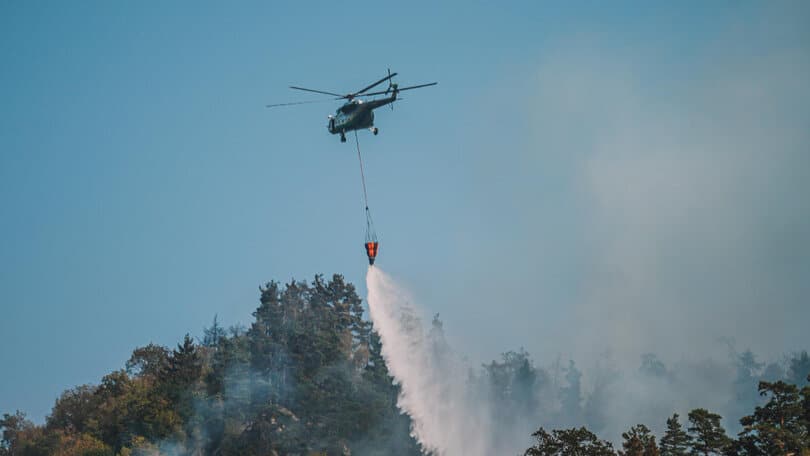
The first priority when responding to a forest fire is the safety of civilians. People who live or work in the area need to be quickly and efficiently evacuated. This can be a daunting task, as there are often many people who need to be evacuated. First responders will look for any existing evacuation routes and plan the best route to get everyone out safely. They will also set up communication systems so that people can be kept up-to-date on the latest information and instructions.
Once civilians are evacuated, firefighters decide the best method for dealing with the forest fire using any of the following methods:
Firebreaks
A firebreak is a gap between vegetation that acts as a barrier to slow down or stop the progress of a forest fire. Firebreaks may occur naturally where there is a lack of vegetation or they may be created by firefighters before forest fires break out. The main purpose of creating firebreaks is to stop or check the progress of forest fires.
Firebreaks can be made through mechanical methods such as ploughing and disking or through chemical means such as spraying with fire-retardant chemicals or cutting and burning vegetation. Mechanical methods are most commonly used to create firebreaks. This is done by using heavy equipment to plough or disk an area free of vegetation.
During wildfires, firefighters scout for the best location to put the firebreak. A firebreak should be placed at a safe distance to ensure that it’s completed before the fire reaches it. By removing the fuel needed for the wildfire to burn, the fire can be contained within a perimeter and prevent spreading outside the area.
Firebreaks have many benefits aside from preventing the fire from escaping into other areas. It can reduce heat exposure to those working on the boundary, make fire suppression easier, and provide a safe travel path for firefighters assigned to controlling the fire.
Culling
Culling is the process of removing trees and shrubs that act as fuel for forest fires. This can be done mechanically with chainsaws and chippers, or chemically with herbicides. In Europe, mechanical culling is the most common method for removing brush and small trees. This is done with chainsaws, chippers, and other heavy machinery.
Backburning
Backburning is another method that can be used to create firebreaks. This involves setting a controlled fire in an area that is in the path of an oncoming wildfire. The hope is that the flames from the controlled fire will meet up with the wildfire and create an obstacle that the wildfire cannot cross. This method is often used in conjunction with water-dropping aircraft to give firefighters the best chance at stopping a blaze.
Water-Dropping Aircraft
One of the most common methods for fighting forest fires in Europe is by using water-dropping aircraft. These specially equipped planes carry large tanks of water that can be released quickly onto the fire. While this method is not always 100% effective, it can help to slow down the progress of a fire and give firefighters on the ground a chance to get the upper hand.
Additional Precautions and Backup Manpower
Creating a Defensible Space
One of the most important aspects of fighting a forest fire is protecting houses. To do this, firefighters use what is called a “defensible space.” This is an area around the house that has been cleared of debris and anything else that could burn. This clearing creates a barrier between the house and the fire, giving the house a better chance of surviving.
In addition to creating a defensible space, firefighters also use water pumps and hose lines to wet down the house and surrounding area. This creates another barrier between the house and the fire and prevents embers from sparking new fires. Firefighters may also use chemical flame retardants to further protect homes.
Tapping Volunteer Firefighters
Another important part of fighting a forest fire is having enough volunteer firefighters. These individuals are trained to fight fires and often have experience doing so. They play a vital role in containment and extinguishing the flames. Volunteer firefighters typically come from the local community where the fire is taking place.
What Is The Protocol In Case Of Being Surrounded By Fire?
The firefighter should stay calm and assess the situation. They should monitor the air quality and wind direction. If at all possible, they should evacuate the area before the fire gets too close.
If possible, the firefighter should move to an area that has already been burned over by the fire. This will provide some natural protection from the flames. If there is no safe area to retreat to, the firefighter should get low to the ground and cover themselves with a fire shelter.
The Difference Between the EU and US Approaches to Suppressing Wildfires
In the US, wildland firefighters suppress the spread of forest fires by eliminating one of the ingredients needed for fire to continuously burn: fuel, oxygen, or heat. Heat can be removed by using water or fire retardant through pumps, wildland fire engines, or helicopters and aeroplanes.
But the preferred method used by US wildland firefighters is the use of firebreaks to cut fuel. By removing and cutting burnable vegetation, they can control the direction of the fire. Firefighters can use hand tools for removing light vegetation or heavy equipment like bulldozers for large areas of trees and bushes. They can also deliberately set fire ahead of where the fire will go to rob it off of fuel.
While EU countries are open to doing firebreaks like what the US does to control forest fires, the idea faces strong pushback from environmentalists. This is why EU countries prefer using water and hoses to put out fires, similar to how their firefighters deal with fires in urban areas.
The European Union is there to help when a country can’t put out its forest fire on its own. If the situation gets too big, they’ll activate an emergency response system that ensures coordination between all member states involved to make sure the fire doesn’t spread further.
The Equipment Used in Fighting Forest Fires
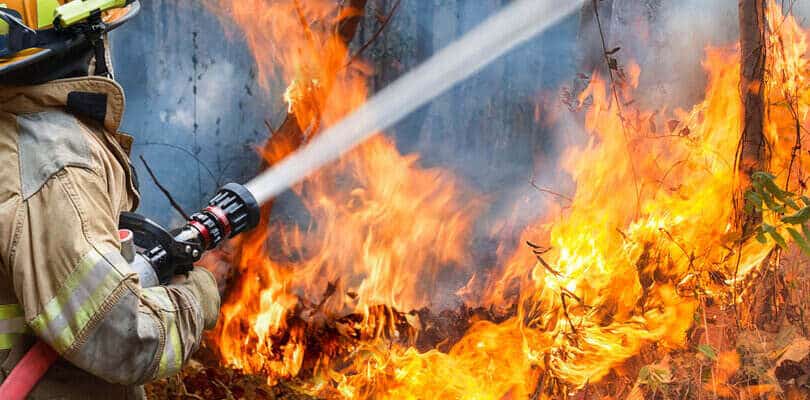
US wildland firefighters are equipped with fire-resistant shirts and pants, eye protection, gloves, a helmet, leather boots, and a fire shelter. Their PPEs are flame-resistant but not fireproof. While they’re lightweight, they offer no insulation and protection against radiant heat that can cause burns.
They carry gear bags containing water, a sleeping bag, and rations. Hand tools such as a Pulaski, shovel, or McLeod are also staples in their firefighting gear. The Pulaski is a combination of an axe and an adze and is used for digging soil or chopping wood. The McLeod, on the other hand, is a combination of a rake and a hoe-like blade designed for cutting branches and sod. Overall, the US wildland firefighting PPE looks like a woodworker’s gear.
For EU forest firefighters, they wear specialised clothing made of fireproof materials. The jacket and pants they wear are heavier than US wildland firefighting PPEs, but provide extra protection against exposure to radiant heat and direct heat contact. They also wear safety goggles, boots, helmets, and gloves. They also usually carry protective covers designed to protect against extreme heat radiation in certain situations.
Sometimes, EU forest firefighters carry gas masks and fire hoods with them for dealing with extreme situations. They’re also equipped with fire extinguishing tools, vehicles, and equipment that are similar to those brought in urban firefighting activities.
OTEGO – Providing Innovation in Firefighting Equipment

Often used by forest firefighters in the EU, the fire poncho is designed to be used as an emergency PPE to protect the firefighter against radiant heat in case of a fire entrapment situation. Lightweight and easy to put on, OTEGO’s FIRESHIELD Poncho can be folded into a pouch that can be worn on the belt by the firefighter. Made from an ultra-thin aluminized glass fibre material weighing only 135g/sqm, it has outstanding heat reflection properties (C4, ISO11612) and is capable of withstanding heavy thermal radiation (tested to up to 50 KW/sqm) for several minutes without temperature elevation on the inside. This allows the firefighter to safely escape or wait for rescue in life-threatening situations.
OTEGO is a world leader in coating and laminating technologies. We provide coatings for applications that require heat and flame protection as well as release materials to reduce wear from daily usage.
If you’re interested in any of our products designed for firefighting, feel free to contact us. We also offer customised technical textile solutions for your needs.
